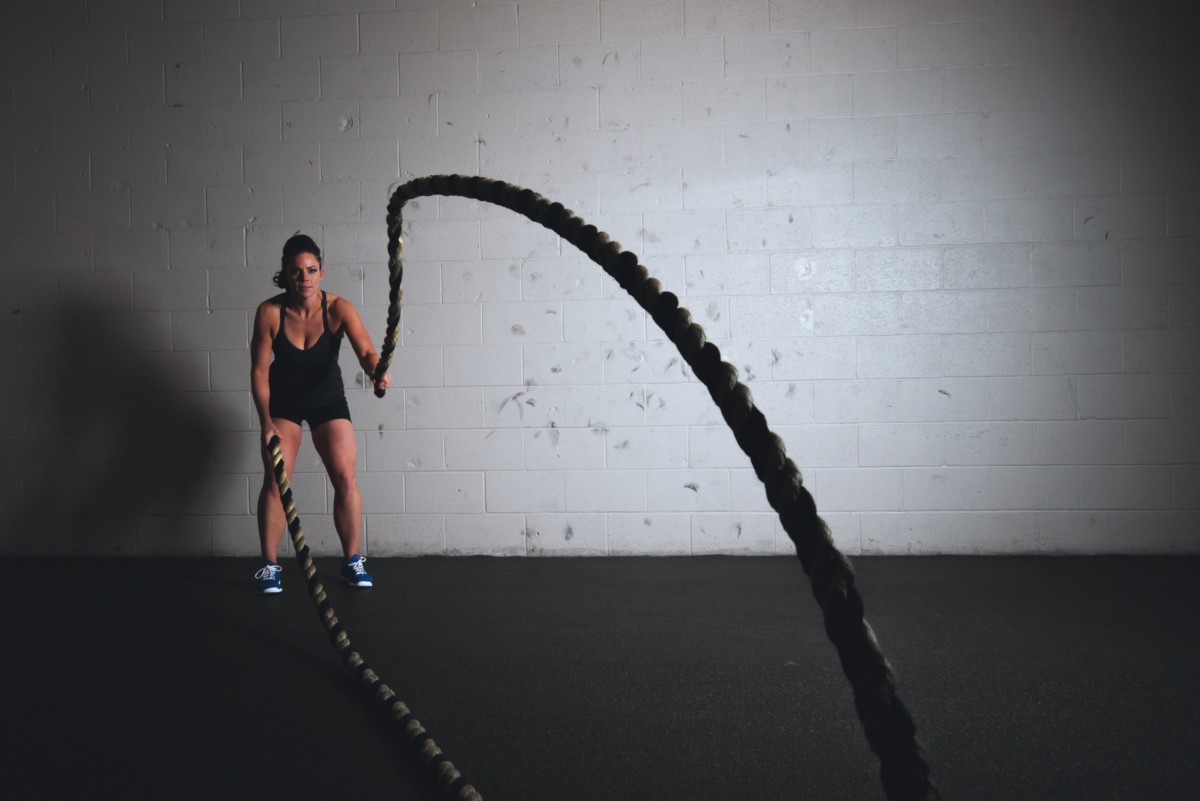It is important for athletes to arrive someplace quickly. Unlike sprinters, however, athletes in many sports must be able to stop quickly in order to move in a different direction. This post is going to cover several drills that can be used to help athletes learn how to stop quickly and to be prepared to move in a different direction if necessary.
When stopping, there are some technical pointers that an athlete should observe:
• Chop the feet: Keep the weight on the balls of the feet, but take shorter steps to help slow down.
• Drop the hips: The hips are the center of gravity, lowering them (i.e. push the hips back) will help the athlete keep their balance while stopping suddenly.
Drill #1:
The first drill involves setting up three cones; a start cone, a finish cone, and a cone in between the start and finish. The athlete lines up at the start cone. On command, the athlete starts explosively and runs to the middle cone. At the middle cone the athlete stops. After coming to a complete stop the athlete takes another explosive start and runs through the finish line. This drill can be done on command (i.e. sprint until I tell you to stop) to vary it. This drill reinforces the explosive first step but also teaches stopping. To see this drill, click here:drill #1
Drill #2:
The second drill involves using five cones and making an “M” pattern with the cones. Picking one of the cones as the start, the athlete starts explosively and sprints up the “M” to the top of the “M.” At the top, the athlete backpedals down the “M” to the third cone, then the athlete sprints up, then backpedals back. This drill reinforces the explosive first step, backpedaling, stopping, and combining movements. To see this drill, click here:drill #2
Drill #3:
The third drill requires that six cones be set up in a line. Generally there is a start cone, one on the five yard line, one on the ten, etc. all the way until the finish line. On the start command, the athlete sprints forward two cones, stops, then backpedals one cone. The athlete then sprints forward two more cones, backpedals one, etc. until the athlete has run through the finish line. This drill, besides working on starting, stopping, and backpedaling, reinforces the need to keep the hips low in order to maintain balance. It’s also a great conditioning drill. To see this drill, click here:drill #3
Each of these drills are typically done three to five times. Usually only one of them would be done in an agility session. They can be made more advance by adding commands that must be responded to, adding the ball, or working against an opposing player.



